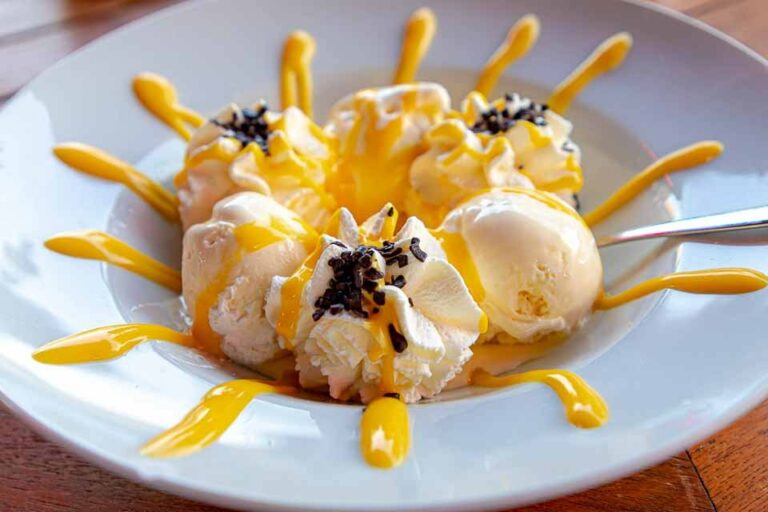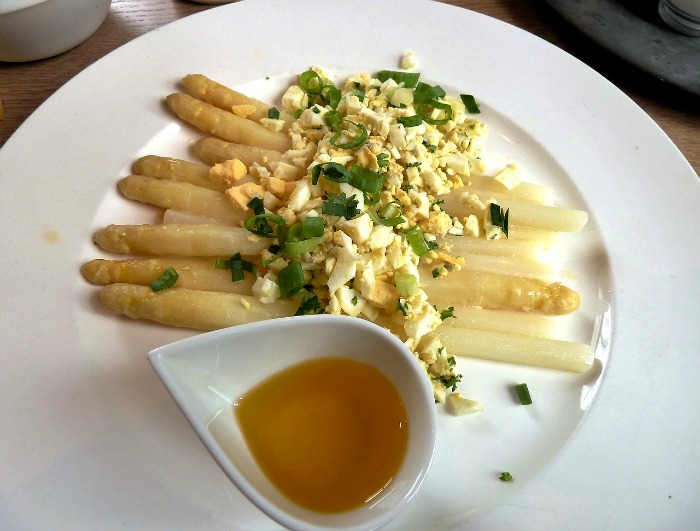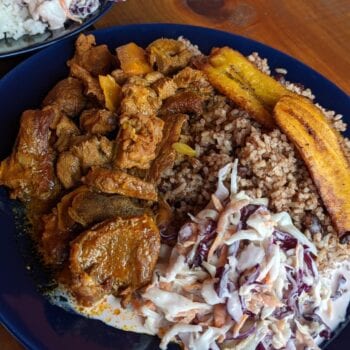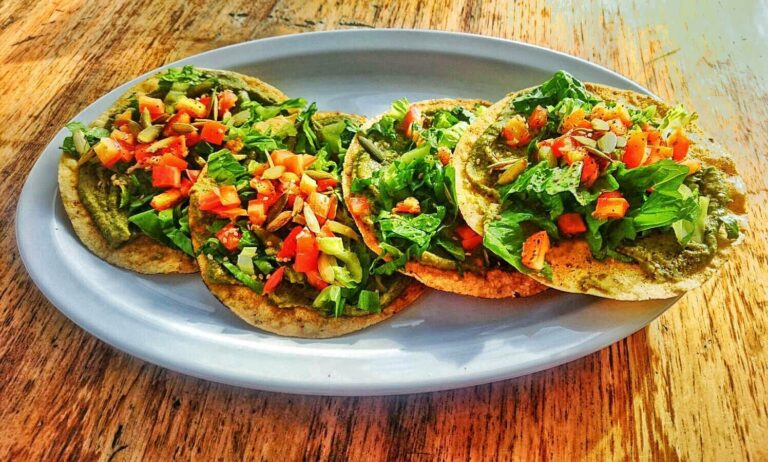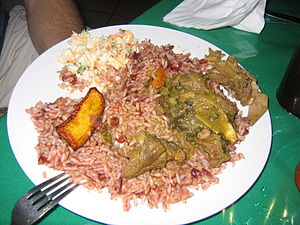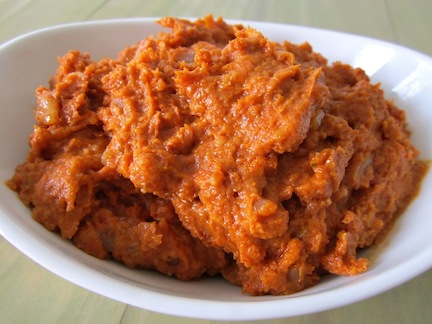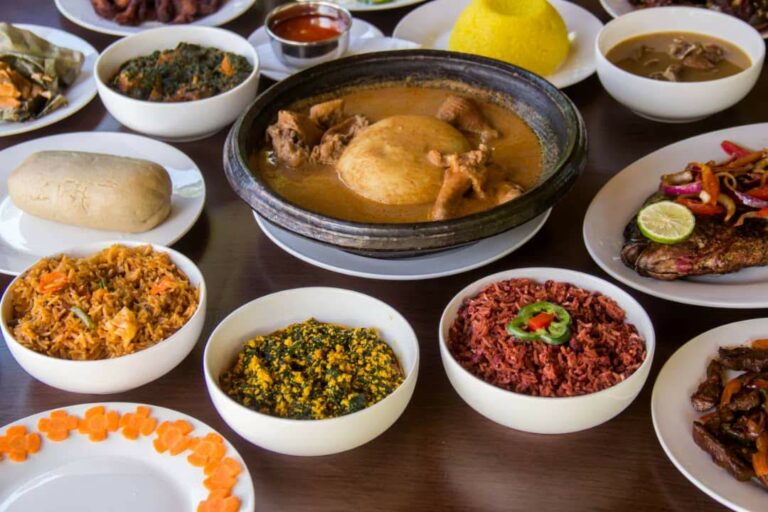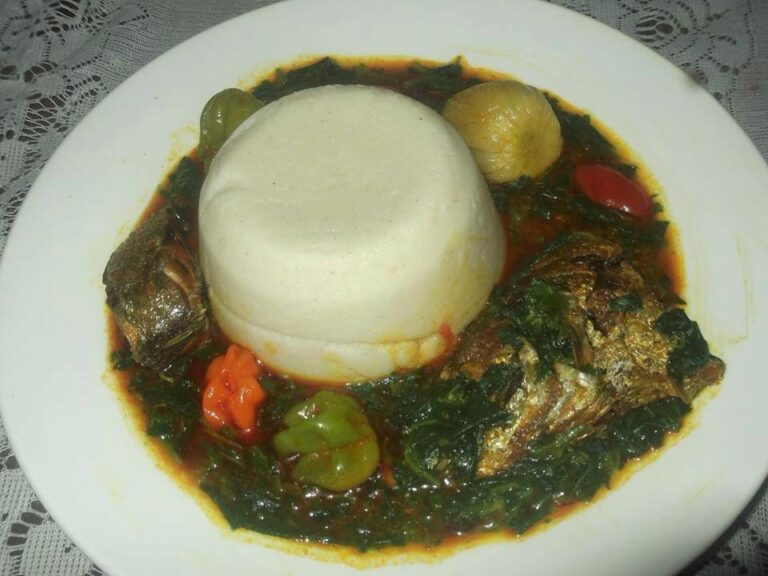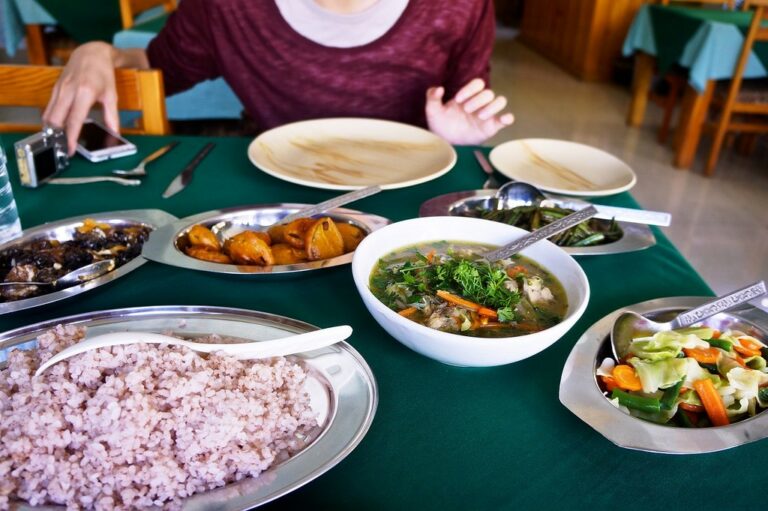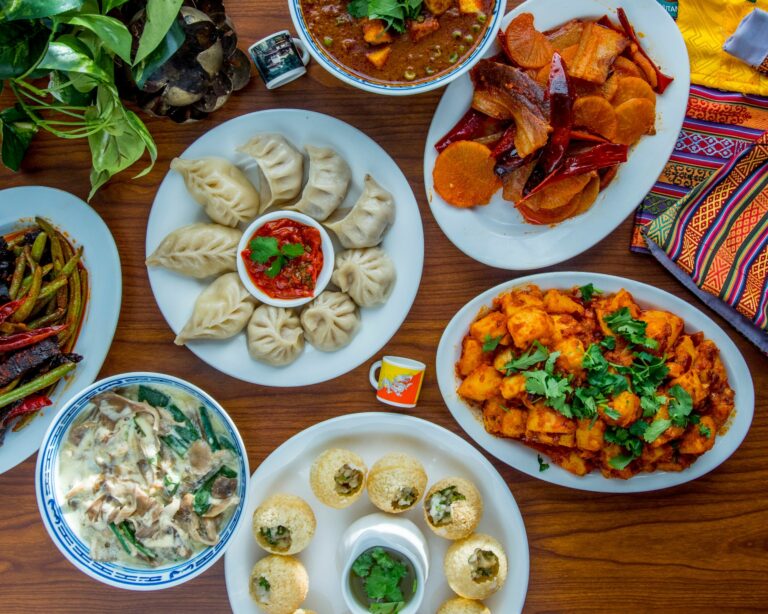Introduction: Belgian Cuisine and Its Local Ingredients
Belgian cuisine is known for its hearty and flavourful dishes that are made using fresh, local ingredients. The country is located in the heart of Europe and is home to a wide array of ingredients that are used in its dishes. From potatoes to seafood and sweet treats, Belgian cuisine is a fusion of diverse flavours that are sure to satiate any palate.
Potatoes: The Foundation of Belgian Dishes
Potatoes are the staple ingredient in Belgian cuisine and are used in a variety of dishes, including the famous Belgian fries. The country is known for its high-quality potatoes, which are grown in the fertile soil of the region. Belgian fries are double-fried, giving them a crispy exterior and soft interior. They are often served with mayonnaise, which is a popular condiment in the country. Besides fries, potatoes are also used in stews, such as the Carbonnade Flamande, a beef stew that is flavoured with beer and onions.
Brussels Sprouts: A Classic Vegetable
Brussels sprouts are a classic vegetable in Belgian cuisine and are a favourite among locals. The small, green buds are a member of the cabbage family and are grown in abundance in the country. They are often boiled or roasted and served as a side dish. Brussels sprouts are also used in soups and stews, adding a unique flavour to the dish. The vegetable is rich in nutrients and is a great addition to any healthy diet.
Endive: A Bitter-Sweet Ingredient
Endive, also known as chicory, is a bitter-sweet ingredient that is commonly used in Belgian cuisine. The vegetable is grown in sandy soil, which gives it a distinct flavour. Endive is often eaten raw in salads, where its crisp texture and slightly bitter taste add a refreshing element to the dish. It is also used in stews, such as the Belgian classic, Stoemp, which is a potato and vegetable mash served with sausages.
Grey Shrimp: A Popular Seafood Delicacy
Grey shrimp, also known as North Sea shrimp, is a popular seafood delicacy in Belgian cuisine. The small, flavourful shrimp is caught in the North Sea and is often used in salads, soups, and stews. The shrimp is traditionally cooked in butter and seasoned with parsley and garlic, giving it a rich and savoury flavour. It is a delicacy that is highly valued in the country and is often served in high-end restaurants.
Ardennes Ham: A Smoked Meat Speciality
Ardennes ham is a smoked meat speciality that is a staple in Belgian cuisine. The ham is made from pork that is sourced from the Ardennes region of the country. It is smoked over beech wood, giving it a distinct flavour that is rich and savoury. Ardennes ham is often served as a cold cut, either on its own or in sandwiches. It is also used in stews, adding a smoky flavour to the dish.
Witloof: A Unique Belgian Vegetable
Witloof, also known as Belgian endive, is a unique Belgian vegetable that is grown in the dark. The vegetable is cultivated by planting the roots in a dark, warm place, causing the leaves to grow in a tight, cone-like shape. Witloof has a slightly bitter taste and is often used in salads, soups, and stews. It is a versatile ingredient that can be cooked in a variety of ways, making it a favourite among Belgian chefs.
Belgian Chocolate: A World-Renowned Sweet Treat
Belgian chocolate is a world-renowned sweet treat that is synonymous with Belgian cuisine. The country is known for its high-quality chocolate, which is made using locally sourced ingredients. Belgian chocolate is rich, creamy, and has a distinct flavour that is unlike any other. It is often used in desserts, such as chocolate mousse and chocolate truffles. Belgian chocolate is a favourite among sweet-toothed individuals around the world and is a must-try when visiting the country.
In conclusion, Belgian cuisine is a fusion of diverse flavours that are made using fresh, local ingredients. From potatoes to seafood and sweet treats, the country is home to a range of ingredients that are used in its dishes. Whether you’re a foodie or a casual diner, Belgian cuisine is sure to offer a culinary experience that is unforgettable.

